Is the story of King Arthur all played out?
I remember being in middle school and thinking that I had been born a few centuries too late. This was just before I really started taking an interest in King Arthur and his tutor Merlyn (Coincidentally, Disney produced the Sword and the Stone around that time).
If I were meant to live in the time of the Once and Future King, I would have been born eighteen hundred years too late, as the most convincing historical accounts put him in Cornwall during roughly the first three centuries A.D.
The Disney adventure was a great introduction to Arthur’s world, but it was based on a book series by T.H. White, which personified animals and ended in The Book of Merlyn, which in itself was a literary masterpiece.
By the end of Arthur’s journey, through those pages, the reader had learned, right alongside him, the more righteous ways to govern a people; from arguments against Monarchy and Communism to the intricacies of Democracy and Capitalism.
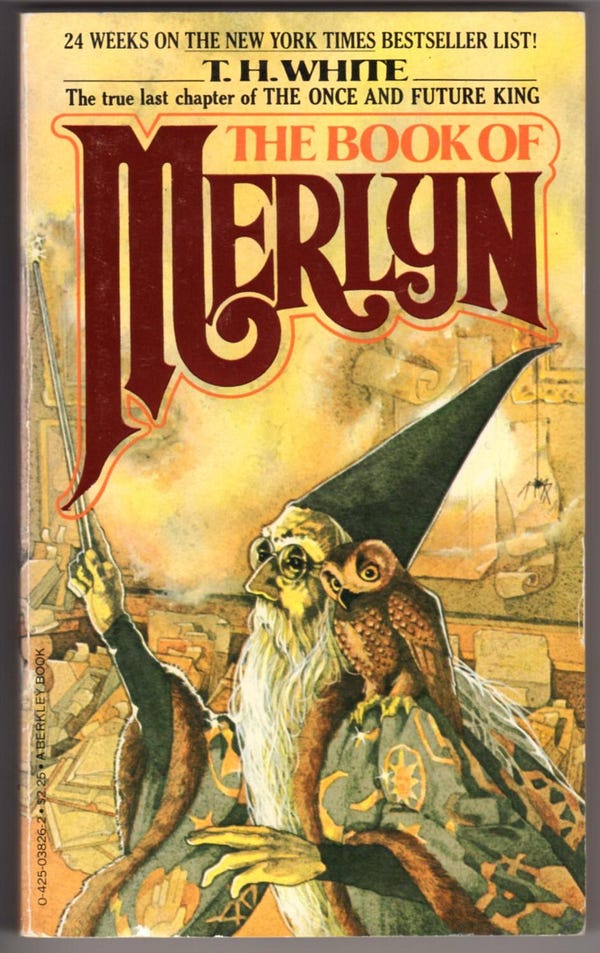
Perhaps, the most noble of arguments involved the subject of war, which was abundant in that era. As war simply doesn’t exist in the animal kingdom, Arthur’s furry comrades often pressed him about the insanity of the actions of men. The reader leaves the series with such an empathy for creatures he seldom can feel justified for swatting a fly.
Besides the many romanticized re-tellings of the legend of King Arthur, centered around the love affair of Guenevere and Lancelot, most literature seemed to keep a healthy focus on the education of the young boy king.
Coincidentally, Mark Twain retold the story, in a refreshing way, that painted the age of Arthur as young boys, run awry. A country run by privileged men with massive egos. Imagine if you will, your ten-year-old son boasting about the fifty pound bass he caught in the minnow pond, and no one to quell his imaginative exaggerations straight up into manhood!
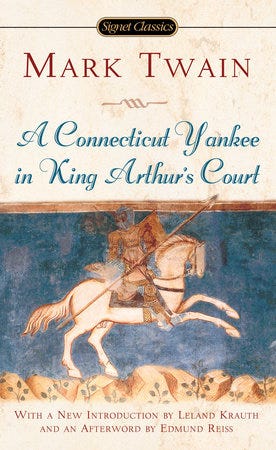
Interestingly enough, in the History of the Kings of Britain by Geoffrey of Monmouth, what we can only assume were exaggerations were frequent. Arthur killing 300 hundred men in a single battle, or felling a giant twenty feet tall.
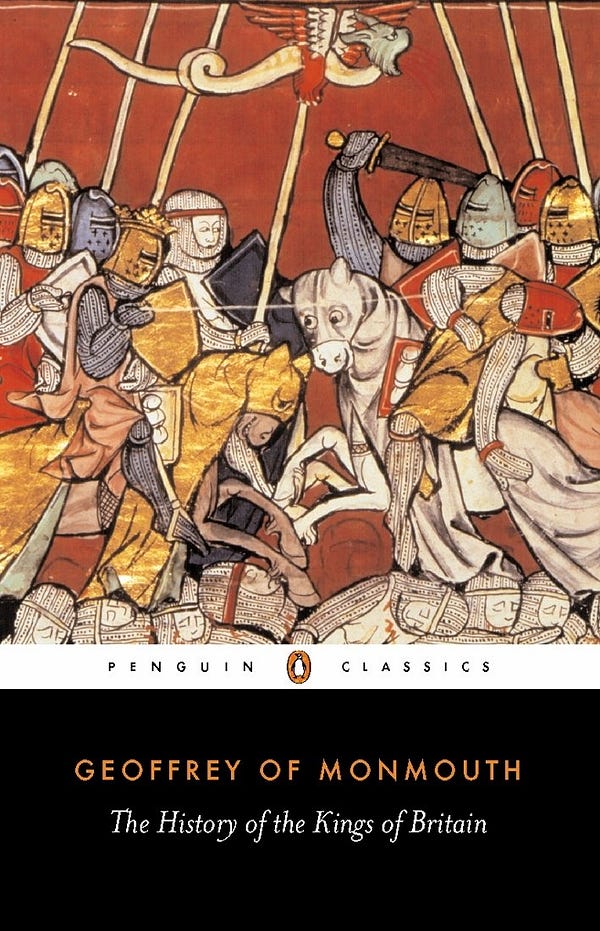
Documented bardic tales from that era also were chock full of notoriously magical scenes. Even British History books speak of the first immigrants to the British Isles having to rid the place of Giants before they could properly inhabit it. The largest giant, Cogmagog, was cast into the sea by Corineus, one of Britain’s fiercest warriors.
Perhaps, they were just grown-up boys with over-active imaginations. Playing war at the expense of the peasants and downtrodden. If that were the case, it might be possible to dispatch 300 men in battle, when you and your horse were in full armor and up against scantily clothed foot soldiers with pitch forks. The dubiousness of such wars would be clear, and that would in-fact put King Arthur in a good position, at the time, of needing an education!
Such education was well put to writ in the 21 Lessons of Merlyn. I found great pleasure in Douglas Monroe’s account. It seemed well researched, and depicted Merlyn as a Bardic Druid rather than a wizard, teaching Arthur the ways of the Pheryllt in a time that the Roman Catholic church was trying to snuff out all other beliefs.
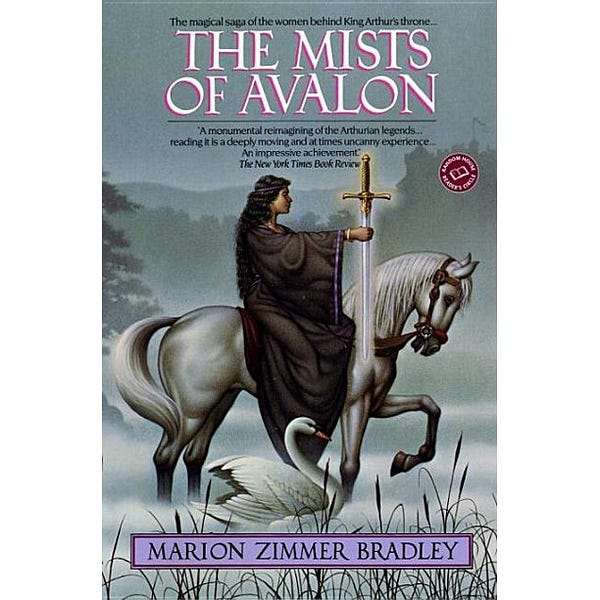
Marion Zimmer Bradley’s book, The Mist’s of Avalon, further went into details of this historic tale of the King and his sister. It too, had a ring to it that suggested the author had gone through great pains in researching (or at least reading multiple accounts) and forming her own conclusion of how things really happened. The two author’s books, in conjunction, form a very complete and spiritual look at the real event’s that may have surrounded that time.
Then there was the Pendragon Cycle, a series I gobbled up in nearly one go (quite the undertaking!). What was interesting about the stories was that they spanned a time before and long after the usual recollection of King Arthur and his Knights. One book even told the tale of his rebirth in modern times, as is a commonality across all works of literature involving the legend.
This was my thought, when I began writing Arthur and the Otherworld, just last year. I had read and digested so many works on the Legend of Arthur, both historical and fictional accounts, that it was only natural that one evening my written words began forming characters I personally knew.
The most beautiful thing about watching newer movies like First Knight, and older ones like Excalibur, is that when you decide to read up on what really happened, all those years ago, you find things that never cease to excite.
Is the Legend and all of its re-tellings played out? In my opinion, I think the Legends are true, and there will be an Arthur and Merlyn re-born in every age, whether in between pages, or in the flesh.
What is your opinion? Comment below.
Jay Horne is an author and publisher out of Bradenton, Florida. He is a husband and father of four.
Listen to all of his works in progress for FREE at Bookflurry.com
Where Book Clubs Grow.
Bookflurry Inc. houses all of Jay M. Horne’s literary works and audio files. Come spend some time and enjoy! Everything is always FREE and you can stay as long as you want.
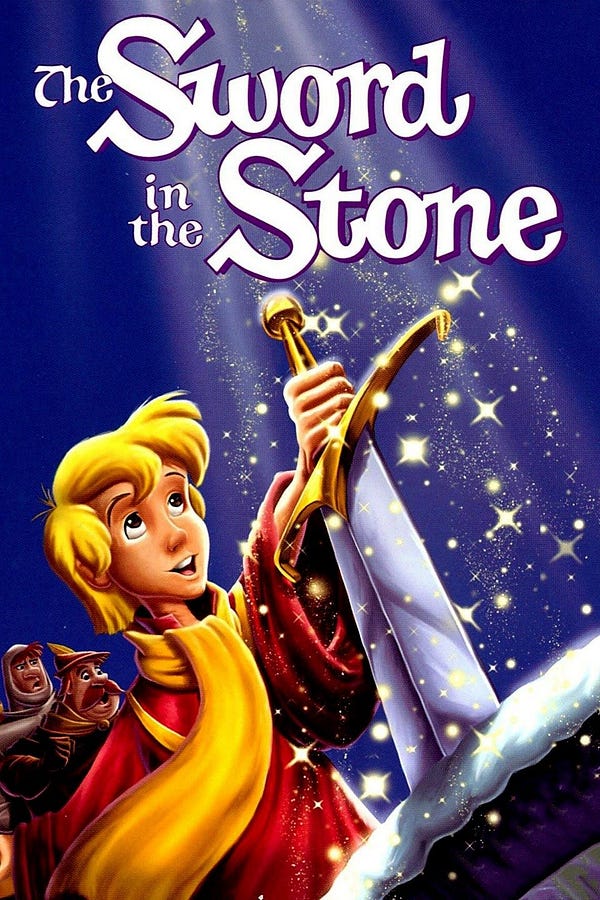
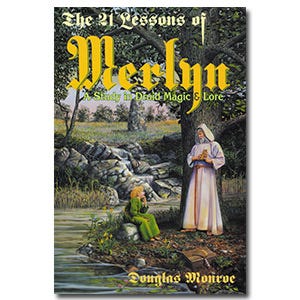

Comments
Post a Comment